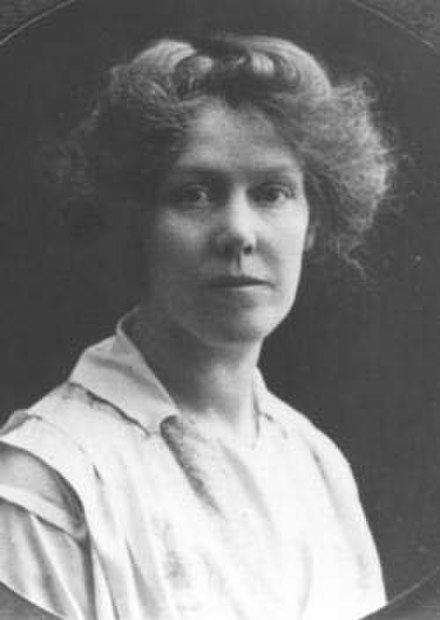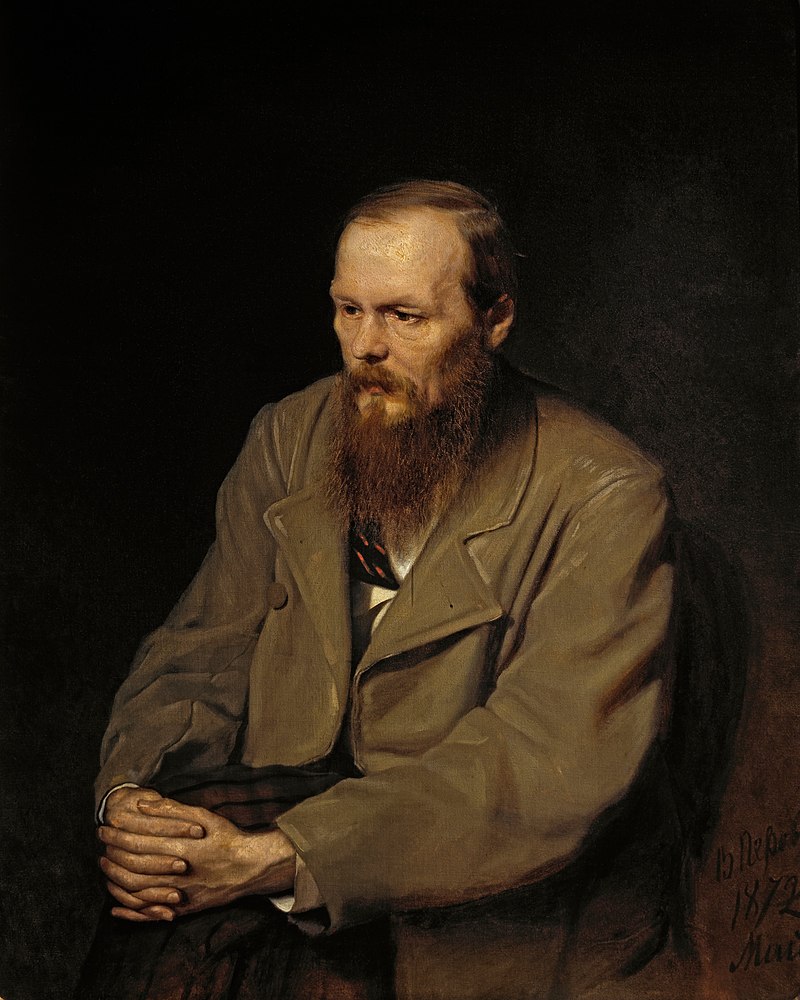
‘When no longer numbers and figures
Are keys to all creatures;
When those who sing or kiss
Know more than all the learned scholars;
When the world returns to itself
In a life of freedom;
When once again the light and shadow wed,
And thus united give the real clarity;
When man can know the true world story
In myths and in the form of poems,
Then will the whole deformed being
Vanish before one single secret word.’
~Novalis

9 February 2023 – “Speaking with the Stars”: Go out late the next few evenings to catch the waning gibbous Moon near Spica.

Rudolf Steiner’s Lectures on this day
ON THIS DAY IN HISTORY

1872 – Birthday of Edith Maryon. She studied sculpture at the Royal College of Art, London & exhibited her work at the Royal Academy. When she met Rudolf Steiner & Anthroposophy she discovered her raison d’être. Maryon wrote to Steiner that “for some years I have always felt there is something for me to do, and that sometime I shall meet the Master who will tell me what it is and explain some of the things that have puzzled me so much. For a long time I searched…and when I saw you in Berlin I knew at last I was right about the Master…is there really any definite thing for me to do… if there is may I know now what it is?” (1 Jan 1913). Months later, from Munich, Maryon wrote to Steiner: “I must find some definite work to do, or be forced to return to England. There is a feeling that perhaps there may be something for me to do here, so I will not go back unless absolutely obliged. You will see that it is necessary for me to come to a conclusion about the kind of work I will do during the rest of my life, and I do want some advice…Your pupil, L Edith C Maryon” (10 Jun 1913).

Maryon arrived at Dornach, Switzerland, in January 1914. These were very early days for the project of relocating Anthroposophy headquarters to Switzerland. It was propitious timing since six months later the Great War would begin & engulf Europe & the world in catastrophe. Maryon was a trailblazer: “There was hardly any other artist coming to work in Dornach before her, capable in the way Edith Maryon was, of sacrificing – that is, largely giving up her own deeply rooted style, born out of the aesthetics of Greece, in favour of a new Mystery art”.

The next decade was a period of intense industry & creativity for the English sculptor, a period in which she found her life’s purpose. “Edith Maryon…was helping him [Steiner] with the Goetheanum building and above all with the great wooden sculpture The ‘Representative of Humanity’…Miss Maryon throughout those years was one of his closest collaborators…the studio in which the work was going on became his study for a great part of the day. Here he received his visitors, and she was acting very largely as his secretary” (George Kaufmann Adams, 1958). Adams related a visit to Dornach after the war: “We were received in the most friendly way by the Dornach members and above all by Miss Maryon herself. She gave us mallet and chisel and let us help with parts of the sculpture where there was much superfluous wood and our unskilled hands could do no harm”.
Adams reported that Steiner was “anxious for an English edition of the book [on the Threefold Social Order], and as no one else was at hand, Miss Maryon had undertaken to translate it. In style – like many of the attempted translations of Dr Steiner’s works in those days – it was impossible…and we said so frankly. We were then invited to Dornach to go into the whole question”. (Adams went on to extemporaneously translate many of Steiner’s lectures, for example at Oxford & Torquay, as well as books, for example Steiner’s Agriculture Course)

Edith Maryon & Rudolf Steiner carried on an extensive exchange of correspondence beginning in 1912, when Maryon wrote to Steiner on 16 October from London. Steiner wrote to Maryon from his travels including from Ilkley, Penmaenmawr, London, Stuttgart, Berlin, Dresden, Leipzig, Mannheim, Vienna, Prague, Amsterdam, Kristiania (Oslo), and & The Hague. Steiner’s salutation to Maryon progressed in the course of 1919 to 1920 from “Mein liebes Fraulein E. Maryon” (My dear Miss E Maryon) to “Mein liebes Fraulein Edith Maryon!” (My dear Miss Edith Maryon) to “Meine liebe Edith Maryon!)“ (My love Edith Maryon!)
Theirs was an artistic partnership: “Rudolf Steiner stood, day after day, beside his colleague in the high ceilinged sculpture studio. During this time they not only worked with their hands, but also conversed intensively on every imaginable subject – from art, through politics to things of the deepest concern. Over & above this his studio had become for Rudolf Steiner a refuge of inner peace in which – well protected from visitors by Edith Maryon – he could both do a lot of esoteric work & also relax”. Maryon worked tirelessly with Steiner to create the ‘The Representative of Humanity’. She was “one of the closest colleagues and pupils of Rudolf Steiner”.
Maryon was appointed by Steiner as the leader of the Section for Sculptural Arts at the Christmas Conference of the Anthroposophy Society at Dornach in December 1923, & was unanimously elected as the vice-president of the Anthroposophy Society at the General Assembly on 21 January 1924.

Edith Maryon died on 2 May 1924 reportedly of tuberculosis, & many say from a broken heart (a depletion of her etheric forces which were tied up in the burning of the Goetheanum.) In his memorial tribute, Steiner stated of Edith Maryon that: “When we began to build the Goetheanum, she was one of the first to devote herself to the work…With a perfect control of her technique, her special gift was to give spirituality to stately form. This artistic skill she devoted entirely to the service of the Goetheanum…earnestness showed itself in her appearance. One could see a person who had not been spoiled by the amenities of life, though she had been sorely tried by the hand of fate…She participated most actively in all that went on at the Goetheanum. The spiritual contents of the Christmas Assembly and the Class lectures…up to the last days of her life she pondered on how this Section [Sculptural Arts] should develop its activity in the right way…Her work for the this Society will always be remembered as being most earnest and devoted”.

1881 – Deathday of Russian novelist Fyodor Mikhailovich Dostoevsky – Rudolf Steiner speaks about him in GA157 – The Destinies of Individuals and of Nations – 14 lectures Berlin

The Categories of Aristotle – a process of contraction…
Is there a path to expansion…..?
PUBLIC LECTURE AND EURYTHMY WORKSHOP WITH CLAUDIA FONTANA
Does one have to be a philosopher of great erudition to understand Aristotle’s gift to humanity – his Categories? Let us explore a path to an experience supported by Eurythmy.
Friday 24 March 2023 – Lecture 7 pm CT – 8:30 pm – Purchase tickets at the door or pay online
$12
Saturday 25 March 2023 – Workshop – 9 am – 12 noon CT– Purchase tickets at the door or pay online $50
at the Rudolf Steiner Branch of The Anthroposophical Society
4249 North Lincoln Avenue. Chicago, IL 60618 (map)
https://www.rschicago.org/happenings/calendar
www.rschicago.org/donate
For more info contact Cultural Events & Festivals Coordinator
Hazel Archer-Ginsberg

Claudia Fontana saw a Eurythmy performance when still a teenager. Unbeknownst to her at the time, that performance was the gate to her destiny path. Soon thereafter she studied Eurythmy in Vienna and subsequently spent fourteen years as a performer with the Dornach, London and Stuttgart Eurythmeum ensembles. Teaching became the next challenge which she happily met in the United States, Europe. Before Covid, she spent seven years teaching all levels in Thailand, Malaysia and China. She resides in Ann Arbor, MI still performing and teaching.

The Women at the Tomb – A Festival of Resurrection
with Hazel Archer-Ginsberg,
Insights about Mary Magdalene with Faith DiVecchio,
Song-Circle with Velsum,
Eurythmy – & an artistic break out session
Holy Saturday 8 April 2023
1 pm – 3pm CT a hybrid event in-person at the Rudolf Steiner Branch Chicago & on zoom
https://us06web.zoom.us/j/7050174041
Meeting ID: 705 017 4041
For more Info. contact Hag@RSChicago.org Cultural Events & Festivals Coordinator
Rudolf Steiner Branch 4249 North Lincoln Avenue, Chicago, IL 60618 (map)
www.rschicago.org/donate

The Mystery of Ascension with Hazel Archer-Ginsberg
This course is available on Zoom. You will be emailed a Zoom link closer to the time of the class. The course will be recorded and you will receive a link to watch it. Go to the Infinity Foundation web site to enroll
Course Number 231154 / Zoom
Date: Thursday, May 11
Time 7:00 – 8:30 PM CST
Cost $33/23 payment 10 days in advance

When we tune into the Cycle of the Seasons, we experience that as the Earth breathes out in the Springtime, the beings of nature reach upwards towards the heights. The longing of the human soul also strives to meet this mood of ascension, which attunes all life to the cosmic expanses.
Together we will gain insights in how to rise up to our Higher Self by participating in this harmonizing spring-dialogue between the worlds.
This reconnection between heaven & earth was prefigured in the story of Jacob’s ladder from the Old Testament. Through his dream of the ‘stairway to heaven’, Jacob gave us a prophecy in the picture of a golden ladder on which choirs of Angels traverse between the ‘Above & Below’. The Mystery of the Ascension of Christ, 40 days after the Resurrection at Easter, fulfilled Jacob’s Prophecy. Christ as the Being of Love became the living bridge connecting us to the eternal.
Through this workshop we will learn how humanity will also be transfigured in the fullness of time. The company of the Angelic Hierarchies wait for us, their younger siblings, to ascend, first of all in our thinking, to meet them in fellowship, as they work all the while by our sides.

~Vitae Sophia~A Whitsun Festival of United Soul Endeavor
with Hazel Archer-Ginsberg, Velsum Voices & Eurythmy
Saturday 27 May 2023 a Hybrid event in person* & on zoom
We are called to redeem the ether spheres to create an Ecclesia, a chalice for The Sophia. Then the spirit flame can spread out to become what Steiner called a “World Whitsun”, which began in earnest at the Christmas Conference. The Whitsun Festival highlights one of the greatest challenges of being human: placing our individual gifts, in right relationship within the social realm. This challenge is especially strong now during this ‘pandemic’. Our groups striving to know Spiritual Science must work together as a community, to have the possibility to create a new culture where a sacrament is possible in every encounter. Our individual strength is enhanced by weaving our gifts together, kindling our social world in conscious community.
Zoom: https://us06web.zoom.us/j/83663366670?pwd=L292UzlOR1pkZjBXSWpxK1B2b0o1dz09 Meeting ID: 836 6336 6670 / Passcode: 397593
For more Info. contact Hag@RSChicago.org Cultural Events & Festivals Coordinator
*Rudolf Steiner Branch 4249 North Lincoln Avenue, Chicago, IL 60618 (map) www.rschicago.org/donate






































































